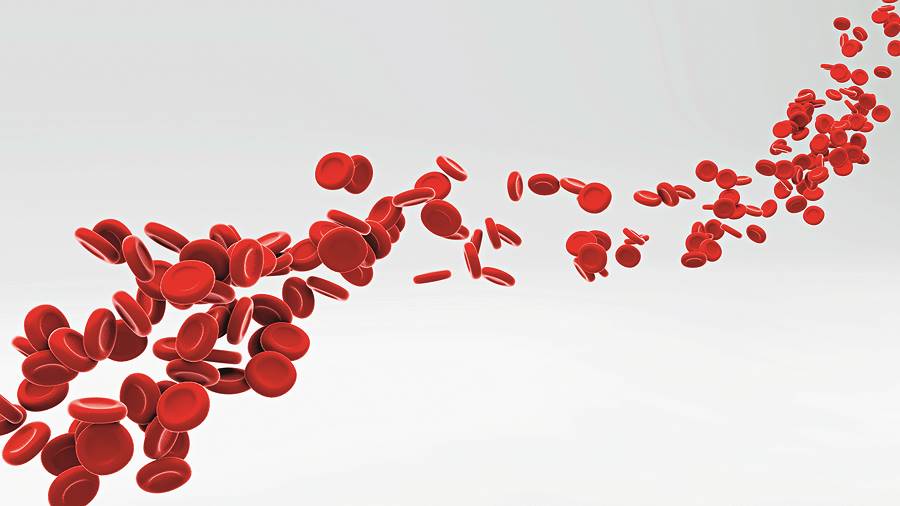A group of Indian researchers recently announced that the country would suffer fewer fatalities from Covid-19 because Indians were less prone to developing blood clots. Blood clots can prove to be fatal if they form or travel to one of the vital organs such as the lungs, heart or brain.
Clots are formed when certain parts of your blood thicken, forming a semi-solid mass. The process may be triggered by an injury or it can sometimes occur inside blood vessels that don’t have an obvious injury. Once these clots have formed, they can travel to other parts of your body, causing harm. Apart from causing fatalities in Covid-19 patients, blood clots also lead to strokes and heart attacks.
But why do blood clots form in Covid-19 patients? It seems the tendency of blood to form clots increases with inflammation. “Infection due to viral, bacterial or fungal pathogens initiates complex systemic inflammatory responses. Activation of host defence systems results in subsequent activation of coagulation. There is also a decrease in the natural anticoagulants in the body,” explains Dr Debasis Banerjee, a Calcutta-based haematologist. “The coagulation changes associated with Covid-19 suggest the presence of a hypercoagulable state that might increase the risk of thromboembolic complications,” he adds.
In other words, the cytokines the body manufactures to fight the Sars-Cov2 virus increase the factors that lead to blood clotting and decrease those that stop clotting. These changes increase the possibility of clots forming and, therefore, the chances of the clots travelling to the vital organs (thromboembolic). If a clot moves through your blood vessels to your heart or lungs, it can block blood flow, putting your life at risk.
In the heart, blood clotting occurs if the plaque deposited in the arteries is injured for some reason. These then let out a coagulant, leading to clotting. This stops blood flow to the heart muscles, damaging the heart and, sometimes, stopping its beat.
While blood clots can lead to death in some cases, life as we know it would be impossible without the chemistry that leads to the formation of blood clots. Every time there is an injury, internal or external, the blood platelets clump at the site, turned on by certain triggers released by the injured tissue.
Proteins called “clotting factors” in the blood knit a net of sorts and along with the clumped platelets plug the flow of blood. Once the flow stops, other chemicals in the blood stop the clump from growing any more.
Once the injury heals, the anticoagulants in the blood dissolve the clot. The net of protein breaks down and the platelets return to the circulating blood.
Blood clots can also form when blood flow isn’t normal. If it pools in your blood vessels or heart, the platelets are more likely to stick together.
It is when the process of clotting and dissolving works less than perfectly that we have problems. Clots form where they shouldn’t — in deep vein thrombosis they form usually in the legs but also in the arms, pelvis, lungs and even your brain — and don’t dissolve when they should. Some drugs — such as oral contraceptives and hormone therapy drugs — increase the tendency of
the blood to clot while other drugs — such as aspirin and warfarin — decrease it. The aspirin-like drugs are therefore called blood thinners.
Blood is a fascinating tissue; our lives depend on it flowing smoothly through the circulatory system, and yet its ability to clot is equally essential. The rate at which the blood clots may differ from one person to another, and usually increases with age. That is possibly why doctors prescribe blood thinners to the elderly. But if your clotting time is already high, blood thinners increase your risk of bleeding to death from an injury. Just like blood clots, blood thinners too can be double-edged swords.










